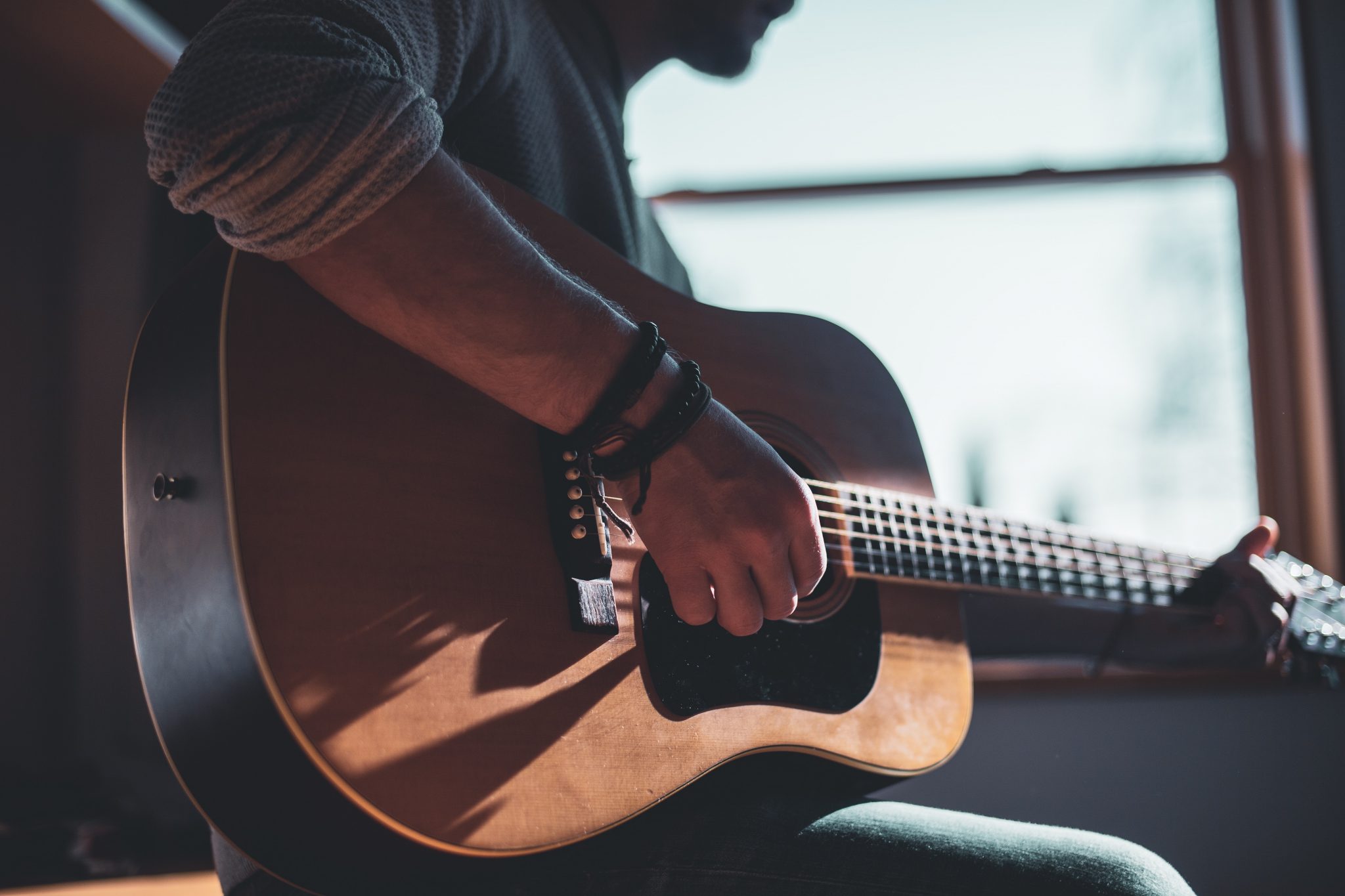A professional recording studio is the ideal setup to record high-quality audio material. On the other hand, a home studio gives you more convenience but lacks the necessary gear, and therefore, compromises the recording quality. Setting up your own recording studio will come in handy when you are in a time crunch, allowing you to create decent-quality audio output at your own convenience. Here’s how you can set up your own home studio.
Computer or Laptop
A reliable computer or laptop is a necessity when setting up a home recording studio. Invest in a device that comes with a fast processor, one that, ideally, has at least 2.2Ghz i7 quad-core, 256GB of storage space, and a fast, 64-bit operating system. You need a computer or a laptop with a 15-inch screen, at the very least, so you can easily edit your tracks and recordings.
Digital Audio Workstation
A Digital Audio Workstation is a software or platform that allows you to produce, compose, record, mix, and edit audio material and MIDI. There are many DAWs with different features and workflows. Some of them are free, and others are prices based on the tools that they offer. They usually allow you to download free demos or lite versions before you make a purchase. You can test out multiple DAWs until you find one that suits your needs best. Search for something that will allow you to work quickly and experiment with new instruments and sounds.
Audio Interface
Investing in an audio interface is vital if you want to create high-quality music. Choosing an audio interface to purchase can be very confusing, though, because each audio interface comes with a variety of options, and is designed to serve specific purposes and studio types. While searching for an audio interface, there are 5 main specs you should focus on. First off, search for an interface that is compatible with your Digital Audio Workstation. It also has to support a powerful and fast interface connector to process and transfer data quickly. Make sure that the cable type is suitable for your computer or laptop. You should select one with an input/ output count that can accommodate the number of tracks you plan to record or edit at once. You need to consider the Input Channel Types and Form Factor as well.
Soundproofing
When setting up a home studio, soundproofing is crucial. This will make your audio output sound more polished and clean by blocking out any unwanted noise, sound interference, and disturbance. There are many affordable soundproofing products that you can use. Materials like acoustic foam, fabrics, panels, boards, and other sound insulators, can help you produce high-quality audio output.
MIDI Keyboard
A Musical Instrument Digital Interface (MIDI) will come in handy as it will connect your musical instruments, your computer or laptop, and other hardware devices you are using. It will allow you to edit each note in your recording, alter the sounds, change their articulation, or even replace them completely. It transmits data that tells your gear what to do, which systems should respond, and which notes to play. It also allows you to add virtual sounds and experiment with your music. It is played similarly to piano keys; though, you don’t need to learn advanced techniques to use it.
Studio Monitors
Studio monitors ensure that what you hear is what’s actually there. This is important because it allows you to mix different audio tracks properly and hear the faintest sounds that play back on other systems. Every stereo system is different, which means that your music can sound different on each speaker. Your monitor system will help ensure that your music sounds great on all speakers.
Headphones
To pick the right headphones, you need to identify the kind of work that you’ll be doing in your studio. This will allow you to choose between open-back and closed-back headphones. Open-back headphones work best for mixing purposes and are designed in a way that releases the pressure built up inside the headphone enclosure. Closed-back headphones, on the other hand, are used for monitoring purposes, especially vocal monitoring, as they block outside noise better than their open-back counterparts.
Microphone
Opt for a microphone that ensures vocal clarity and captures sounds that are as similar in quality to the original source as possible. Flat microphones produce better frequency and are more sensitive than dynamic microphones.
As you can see, there are many things to consider when setting up a home studio. Because there are various tools and equipment to choose from, things may become confusing pretty quickly. If you start to feel overwhelmed, refer back to this guide to help you set up your own home studio without a hassle.


